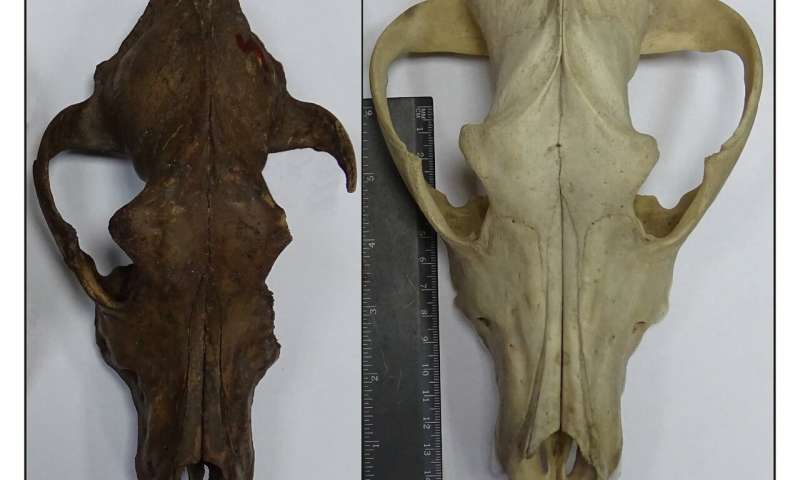HOME
Study of ancient dog DNA traces canine diversity to the Ice Age

A global study of ancient dog DNA, led by scientists at the Francis Crick Institute, University of Oxford, University of Vienna and archaeologists from more than 10 countries, presents evidence that there were different types of dogs more than 11,000 years ago in the period immediately following the Ice Age.
In their study, published in Science today, the research team sequenced ancient DNA from 27 dogs, some of which lived up to nearly 11,000 years ago, across Europe, the Near East and Siberia. They found that by this point in history, just after the Ice Age and before any other animal had been domesticated, there were already at least five different types of dog with distinct genetic ancestries.
This finding reveals that the diversity observed between dogs in different parts of the world today originated when all humans were still hunters and gatherers.
Pontus Skoglund, author and group leader of the Crick's Ancient Genomics laboratory, says: "Some of the variation you see between dogs walking down the street today originated in the Ice Age. By the end of this period, dogs were already widespread across the northern hemisphere."
News Source